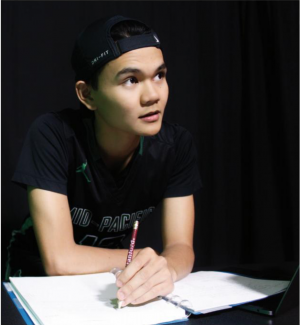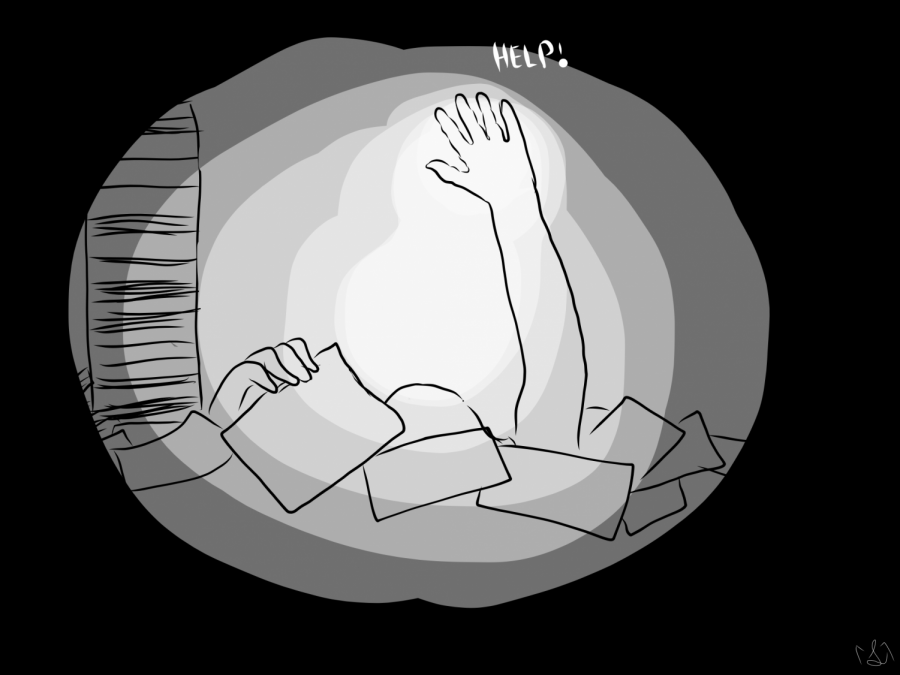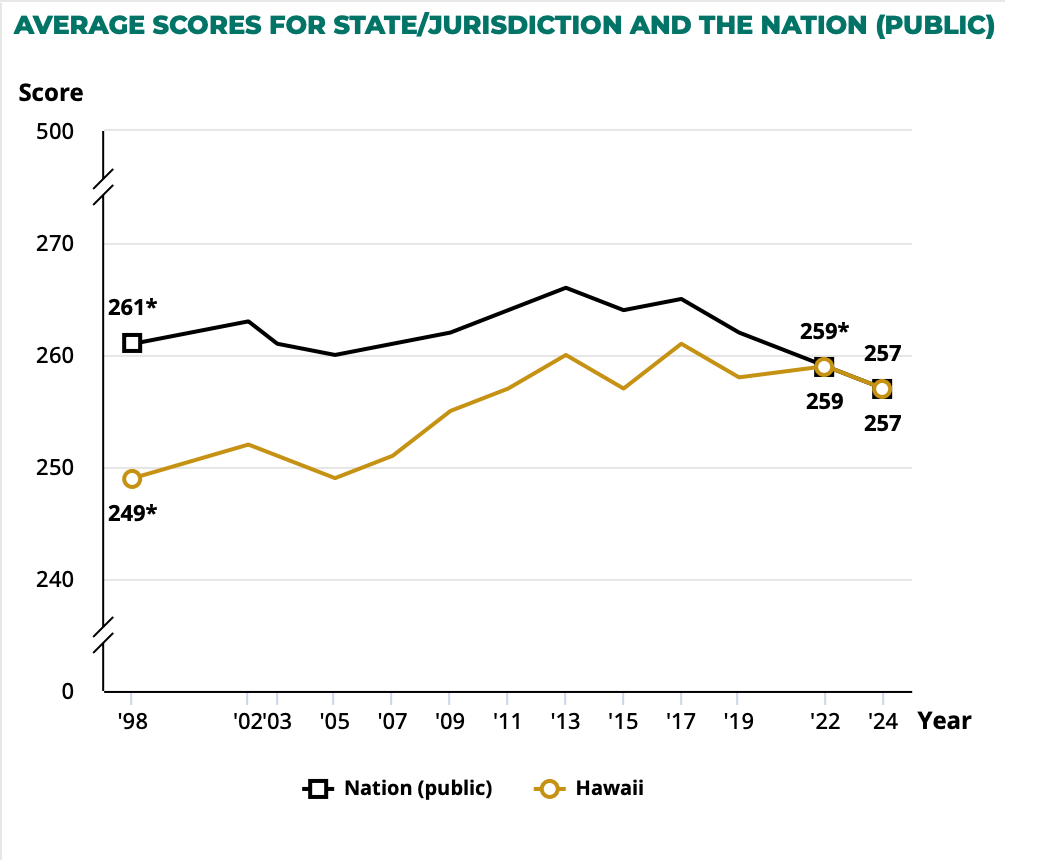Survey reports more than half of students have too much homework during virtual learning
Time management is a key factor in handling stress. Illustration by Sarae Miguel
October 5, 2020
After more than half of students reported they were receiving too much homework, Mid-Pacific administrators implemented more asynchronous time into the daily schedule.
Mid-Pacific released the results of a survey on students’ virtual learning experience this school year by email on Sept. 21.
The results reported in the email showed:
- 59 percent of students said they are getting too much homework
- 64.8 percent said there was too much synchronous time
According to Christel McGuigan, assistant principal for academic affairs, 394 students responded to the survey.
The solution that Mid-Pacific has developed is more asynchronous time during the school day, so students can attempt to complete their work in class and work with teachers on material on which they may need assistance.
“We are encouraging teachers to include asynchronous time — meaning time for students to do their work without needing to be plugged into the Zoom meet, to shorten the amount of time students need to be staring at their screen, and bringing the academic support into the class period,” said McGuigan.

Several students said they stay up late most nights to finish their studies. However, these late nights have been a burden on students and their sleep schedules.
“Just the other day, I was up till 2 am doing homework,” said sophomore Jesse Solis. “I’d be stuck on this one portion of my work and then I’m staring at it for almost an hour.”
High School Principal Dwayne Priester said feedback is valued at Mid-Pacific so that the community can learn from one another and stay on the same page, especially when changes need to be made.
However, one full IB student said she feels like she can handle her workload so far.
“I feel like the teachers have a better understanding of how much work their students are able to do each night and determining what a reasonable amount is, which is why I think that I have a better experience with homework than my friends do who may not be in IB classes,” said junior Danika Kusumoto.
Solis said a solution he can provide is to distribute your schoolwork so that you have it planned out and won’t be having to do it all in one day.
“I’m trying to distribute it amongst the week, definitely not putting everything to the last day and the last minute and I’m just taking it in days,” he said.
Students should be aware of how long they are in front of their screen, both during and after classes, said Erin Regua, grade 12 dean.
“It’s not necessarily the amount of work but the amount of time it causes a student to have to stay connected to their laptop or iPad,” Regua said. “It’s a full day of being in classes and then when you’re done, you find that you have more work that causes you to stay on your screen.”
Administrators reported that they promptly took action once they received the results of the student survey, said Priester.
“We don’t want parents and the students to give us feedback and we do not act on it, it’s important for us to act right away. That’s the reason why we sent the letters out shortly after to say that the parents and students were heard and we will respond accordingly,” said Priester.
Students are aware of the positive side of having many tasks for school. Mid-Pacific freshman, James Kaminer, said too much homework not only affects their academic performance, but also their social connection to their teachers.
“You have multiple chances to extend your learning, to answer problems that deal with a subject that you are interpreting, and it gives you a chance to connect with teachers to get to know them better, said Kaminer.
Nonetheless, endless schoolwork still lurks in the minds of students who said they think teachers should put into perspective the assignments given to them by other teachers.
“Maybe some teachers don’t realize they’re overloading their students with work because they think it’s a healthy amount, since they don’t understand how much our other teachers are giving us too,” said Kusumoto.
In the original version of this story, the name Jesse Solis was misspelled. Na Pueo regrets the error.







